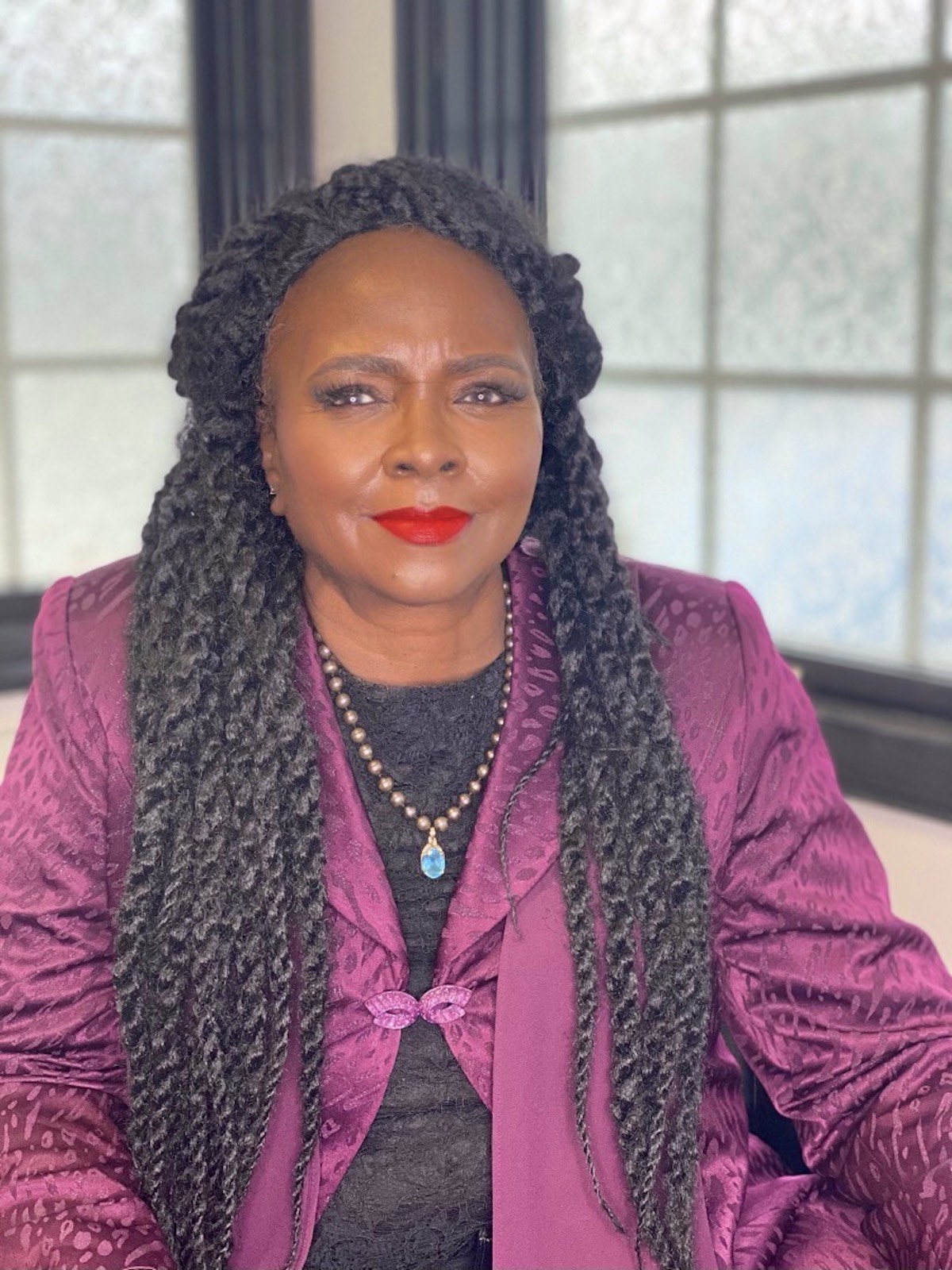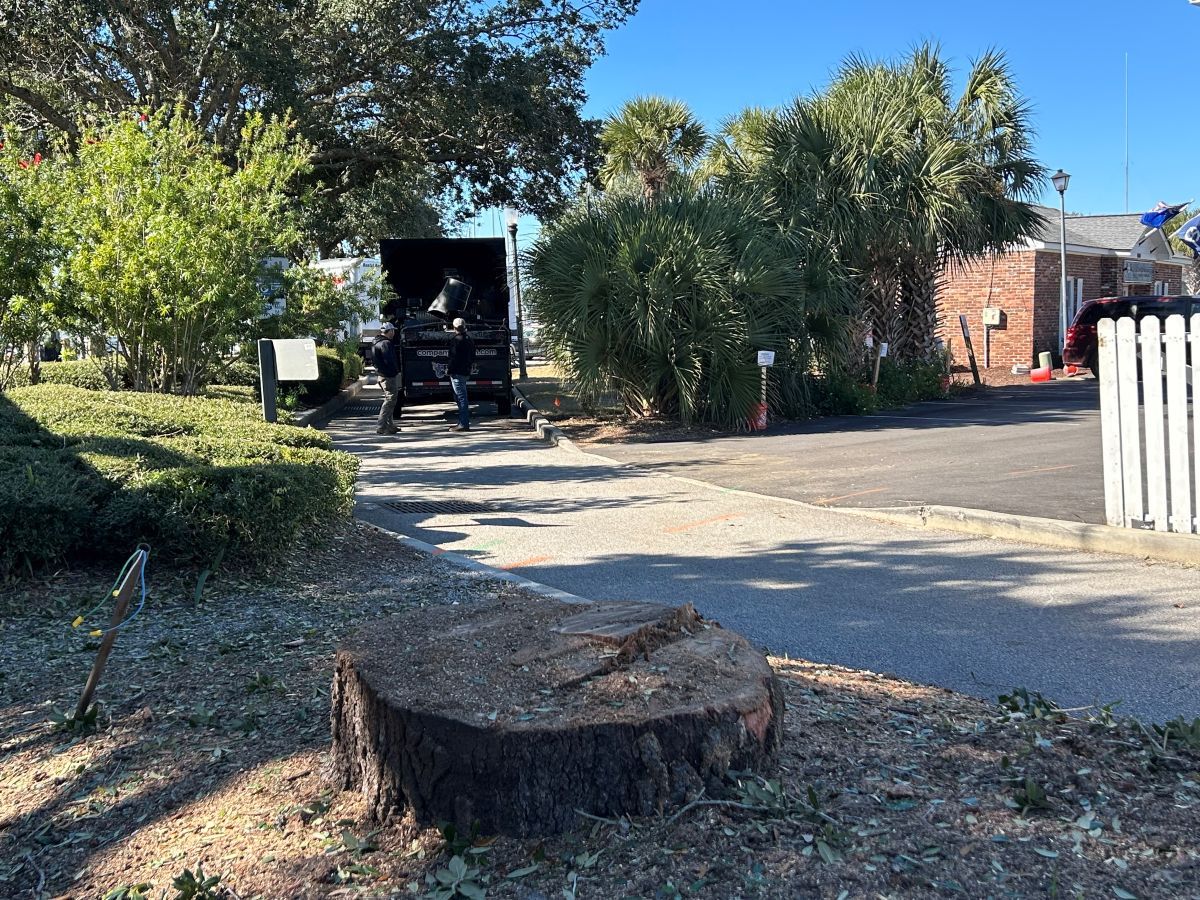By Scott Graber
“On the morning of August 5, as soon as the rain stops, Tibbets’ plane, which has been named the Enola Gay after his mother, is towed over a large pit, where the atomic bomb, nicknamed Little Boy and weighing almost five tons, is winched into its belly. Tibbets briefs his crew that in the morning they will be dropping a bomb of almost indescribable destructive power on Japan. He does not use the word atomic. The men are handed welder’s glasses to protect their eyes from the bomb’s flash—“brighter than the sun”—and Tibbets pockets a box of twelve cyanide pills, one for each man, in case they are forced to land in enemy territory.” (Road to Surrender, Evan Thomas, Random House, 296 pages)
At that same moment at the McLeod Infirmary in Florence, I am being pulled, with the help of forceps, out of my mother’s womb. I know this to be a fact because my mother, on my birthday, would call me and take me through that difficult labor minute by minute.
“Shortly before 3 a.m., the Enola Gay starts down the runway. Tibbets causes some consternation in the control tower by waiting to the last possible moment to pull back on the stick and loft the superheavy bomber out over the dark sea.”
At that moment (back in the McLeod Infirmary) I am delivered to my mother’s breasts for breakfast, after the attending physician has worked to reshape my swollen, forceps-mangled head.
“As the silver B-29 rose into the early-morning darkness and the crew settled-in for the six hour flight, there were a half dozen men on the ground who were pondering — almost for the first time — the thousands of Japanese who were about to die. To instantly die.”
Secretary of War Henry Stimson — a Harvard-trained lawyer who had known and had been inspired by Theodore Roosevelt — was troubled by the fire-bombing of Dresden. He questioned the “precision bombing” claim of the U.S. Army Air Force and wanted to be sure the target was a “military target like a naval base.”
There were generals, like Carl Spatz and George Marshall, who were also troubled by the forthcoming killing. They were troubled because each knew it was going to be impossible to avoid the killing of women, children and non-combatants. In fact, 70,000 would be killed instantly and then another 70,000 would die from radiation poisoning.
Author Evan Thomas (brother of Port Royal’s Wendy Zara) gives us an hour by hour portrait of Stimson, Spatz, Marshall, Groves and LeMay putting the reader in the consciousness of these men as the bombardier searched “for his aiming point, a T-shaped bridge in the middle of the city.”
But Thomas’ non-fiction does something else. It puts us into the consciousness of Generals Masehiko Takeshita and Korechika Anami; and the mind of Admiral Baron Suzuki. He takes us into their meetings after the destruction of Hiroshima and Nagasaki; convincing us — at least convincing me — that the Japanese Army was not going to surrender.
The Japanese army was already rushing men and equipment into trenches and bunkers on Kyushu. The plan, called Ketsugo Sakusen, involved 7,000 kamikaze planes aimed at landing ships; “speedboats, midget submarines, and swimmers sticking 10-kilo TNT charges on the bottoms of landing craft.” It is estimated that 900,000 Japanese infantry, reinforced by millions of women and teenagers would join that battle armed with sharpened bamboo spears and pitchforks.
Like many of my generation, I thought I knew everything there was to know about the war in the Pacific — my father was in the Philippines waiting for his orders. What I did not know was the role played by Prime Minister Shigenori Togo in getting Emperor Hirohito to Tokyo’s downtown radio station where the Emperor told his stunned, starving people that it was time to quit — “To bear the unbearable.”
“Road to Surrender” reveals the anguish and anxiety of Henry Stimson; and the role played by South Carolina’s own Jimmy Byrnes; but the strength of his book is the debate that took place among the Japanese generals after the atomic bombs were dropped.
Six years after surrender, my father was transferred to a hospital in downtown Tokyo. I have no memory of those years — but Dad did believe in 8mm movies. In one frame I can be seen sitting in the lap of our beautiful house servant, Yoshiko, holding a silver-colored, miniature B-29.
Scott Graber is a lawyer, novelist, veteran columnist and longtime resident of Port Royal. He can be reached at cscottgraber@gmail.com.








